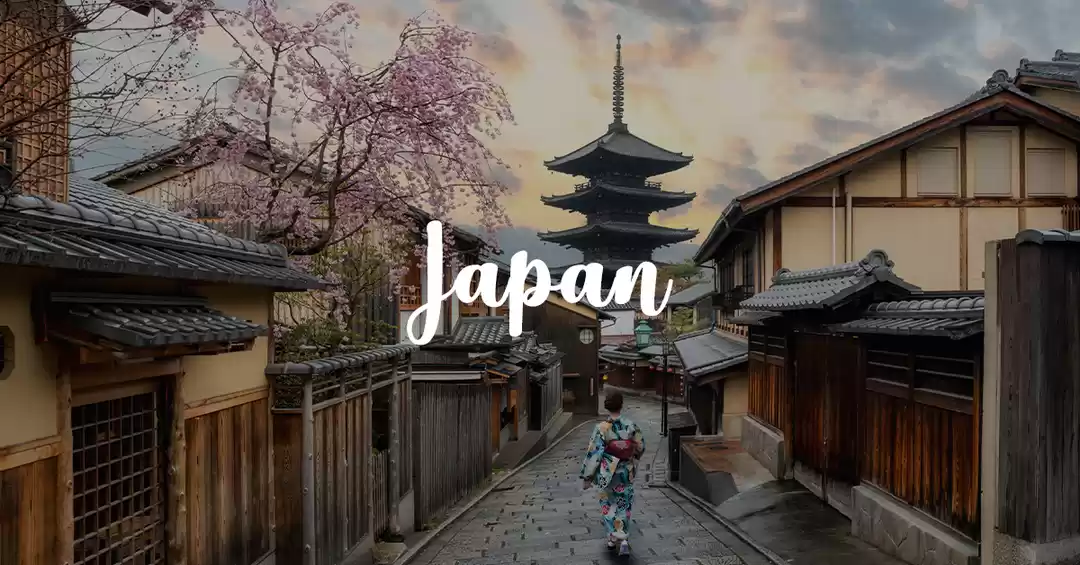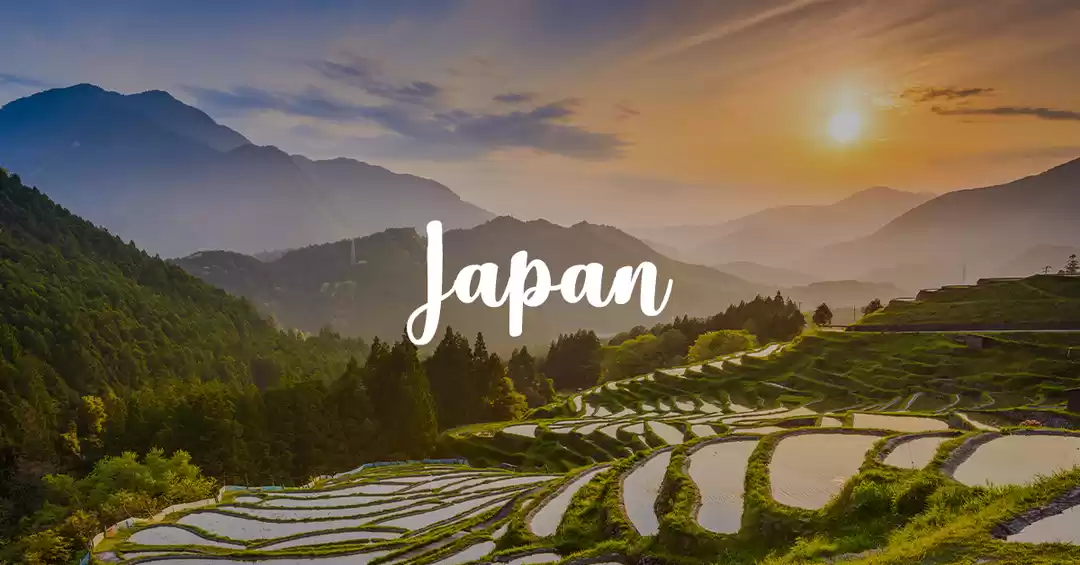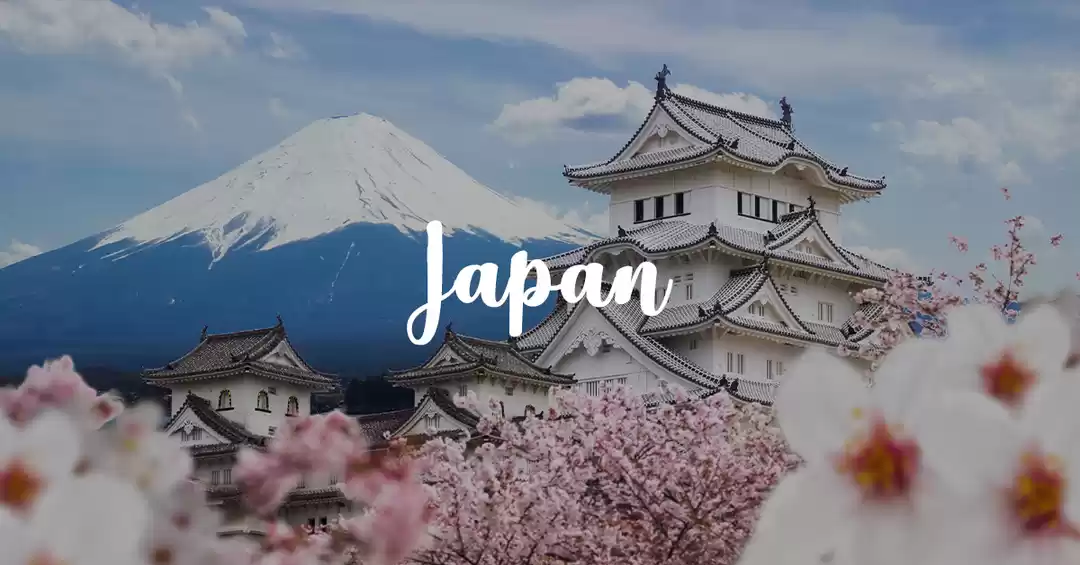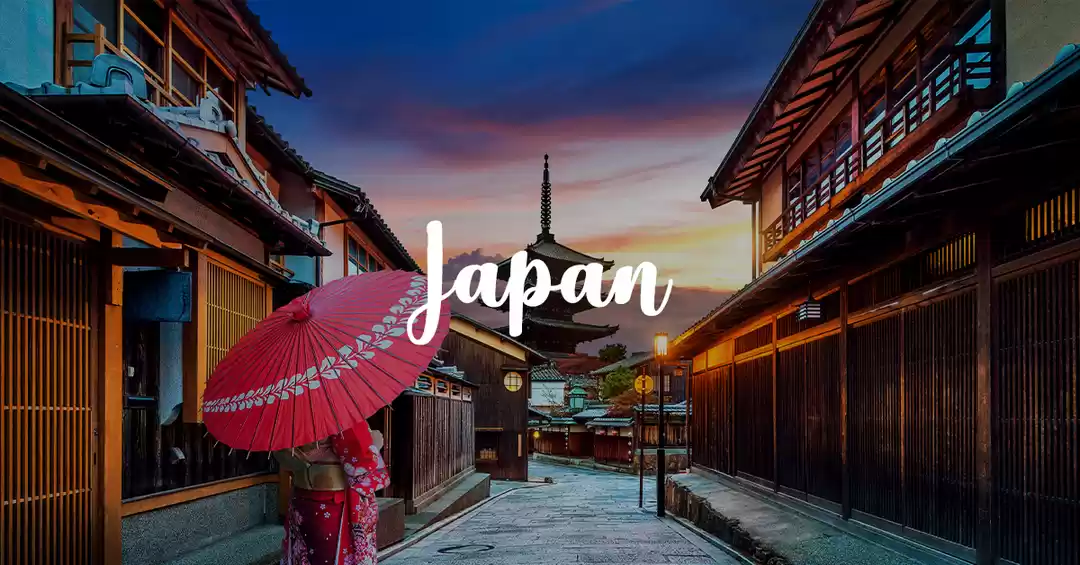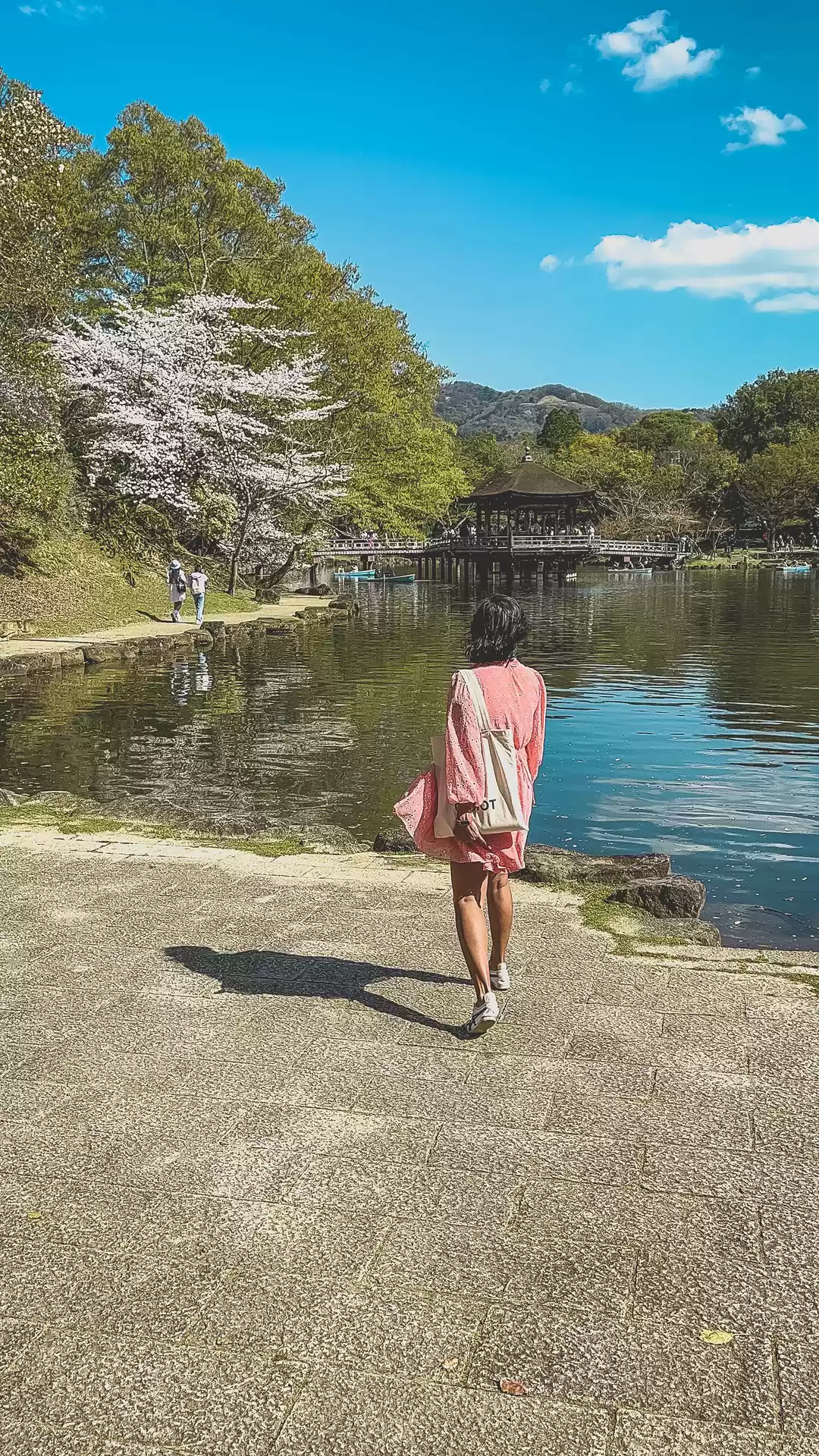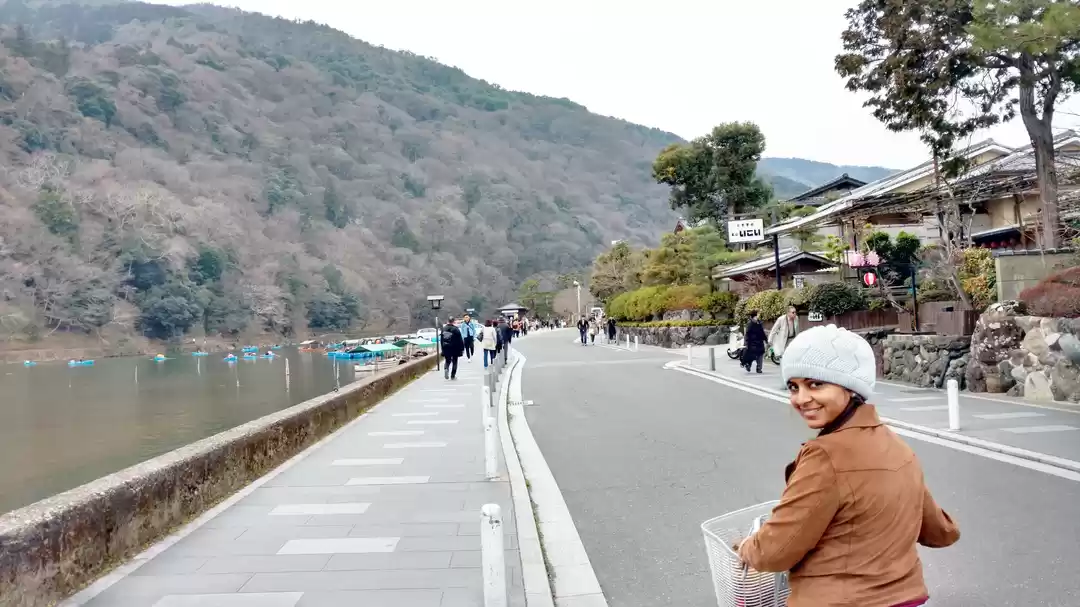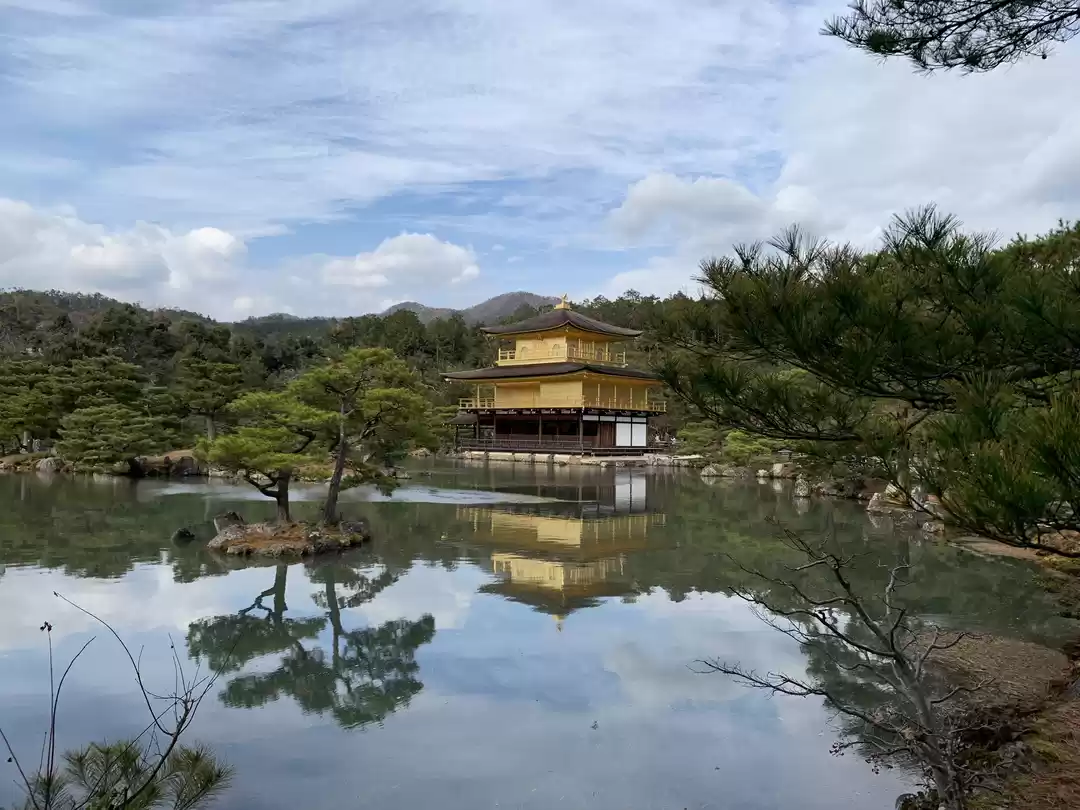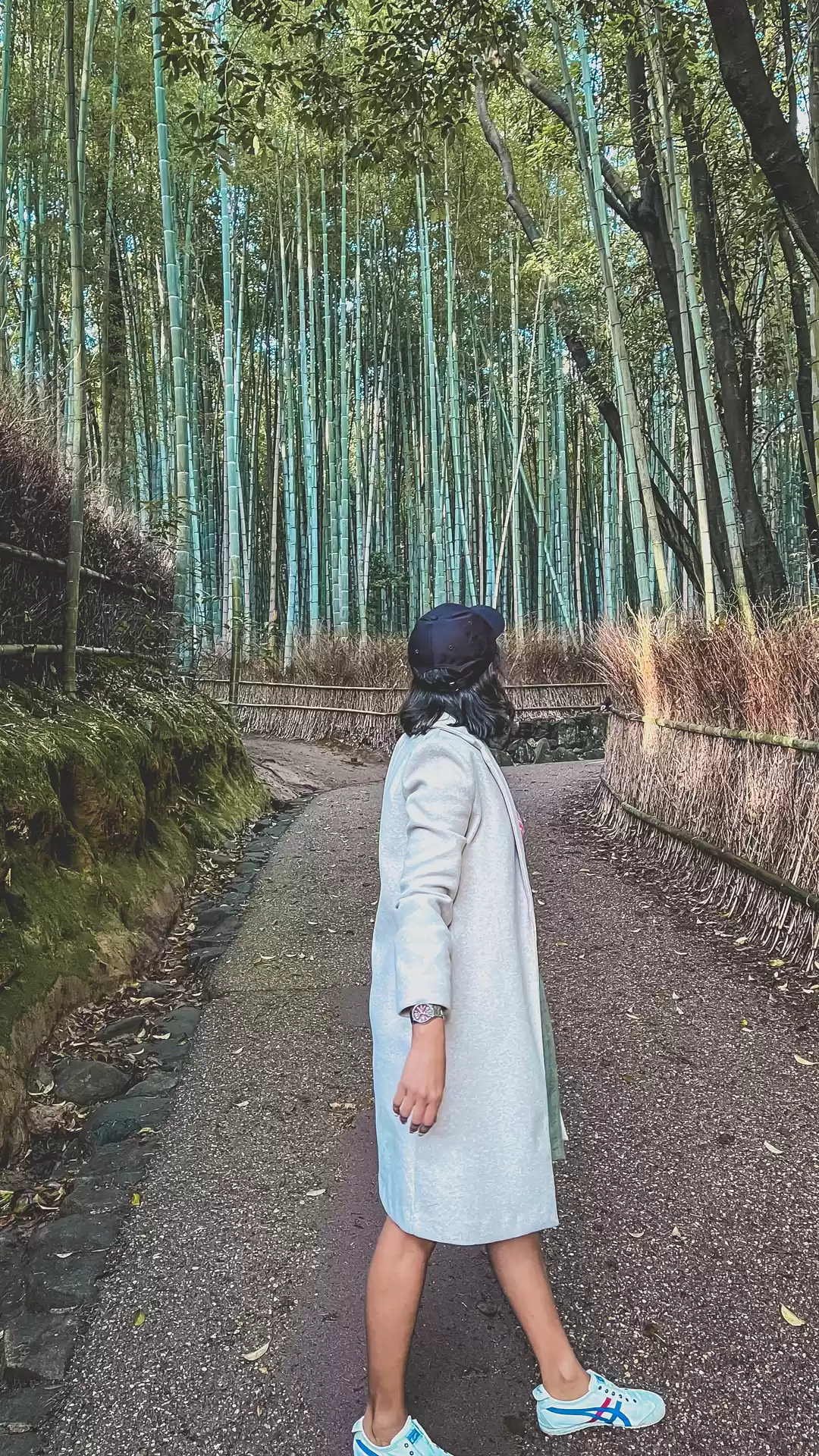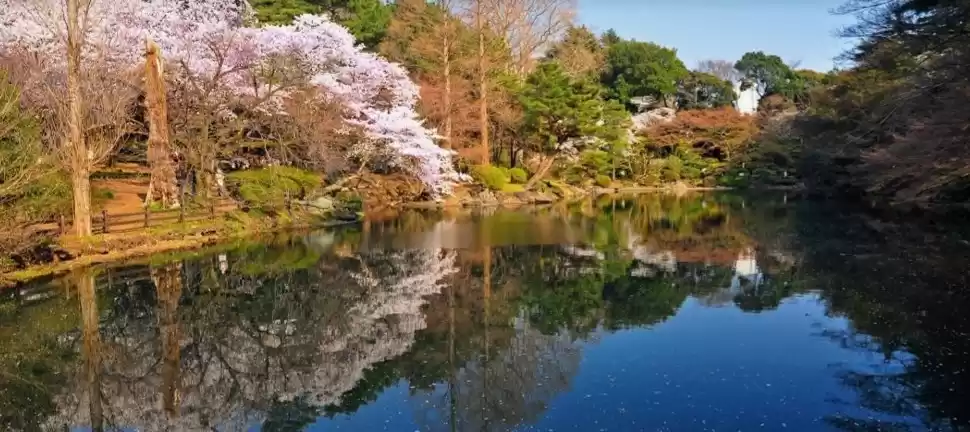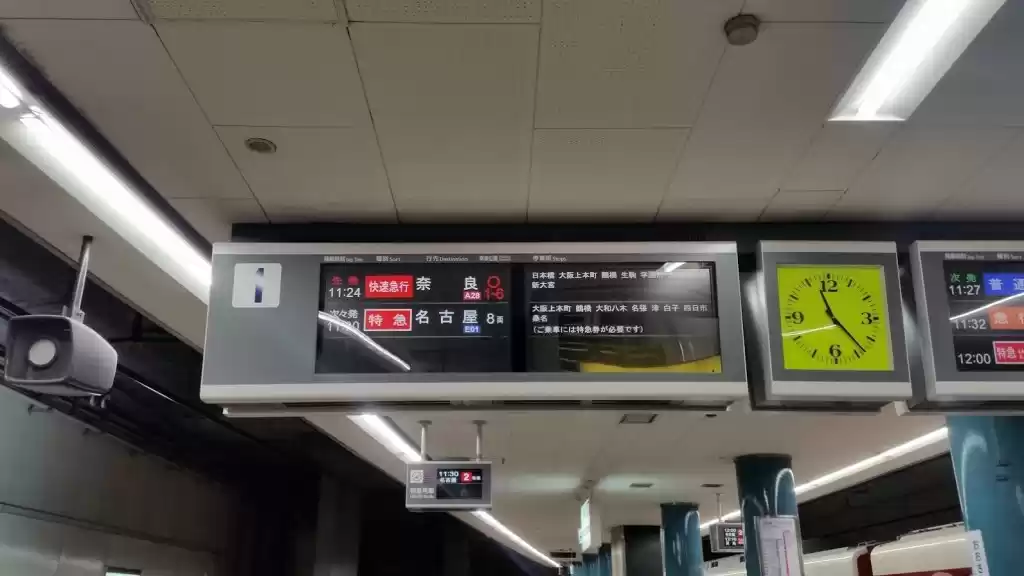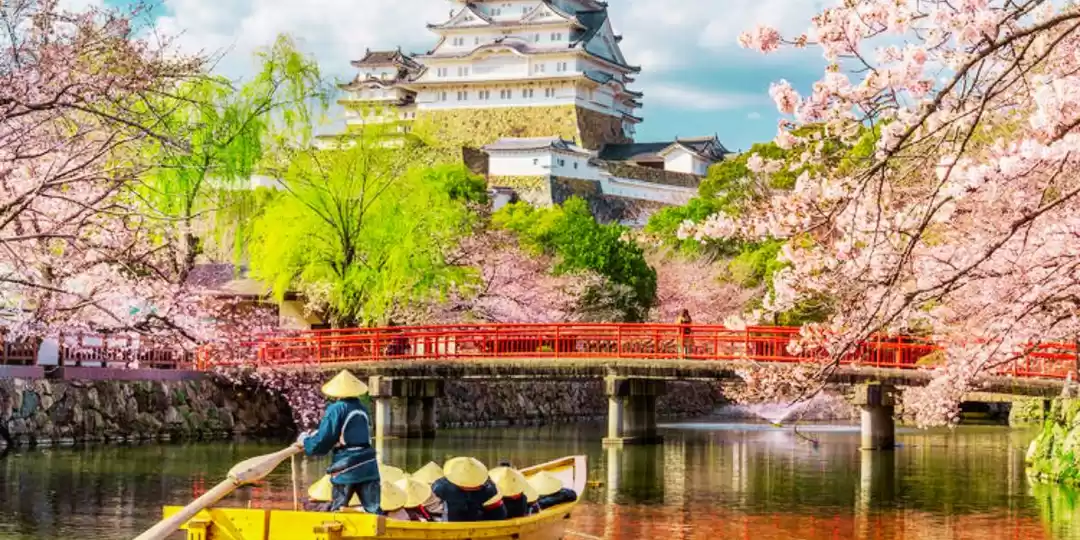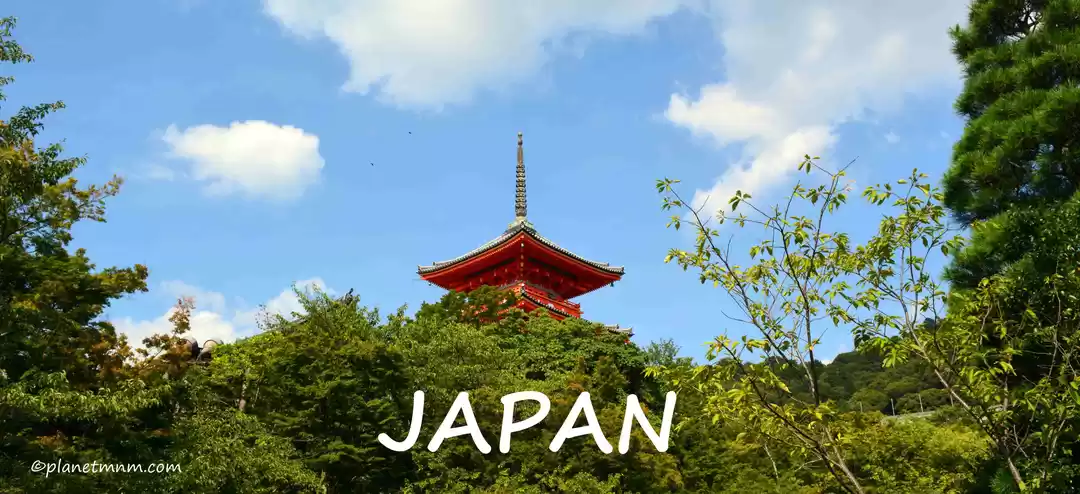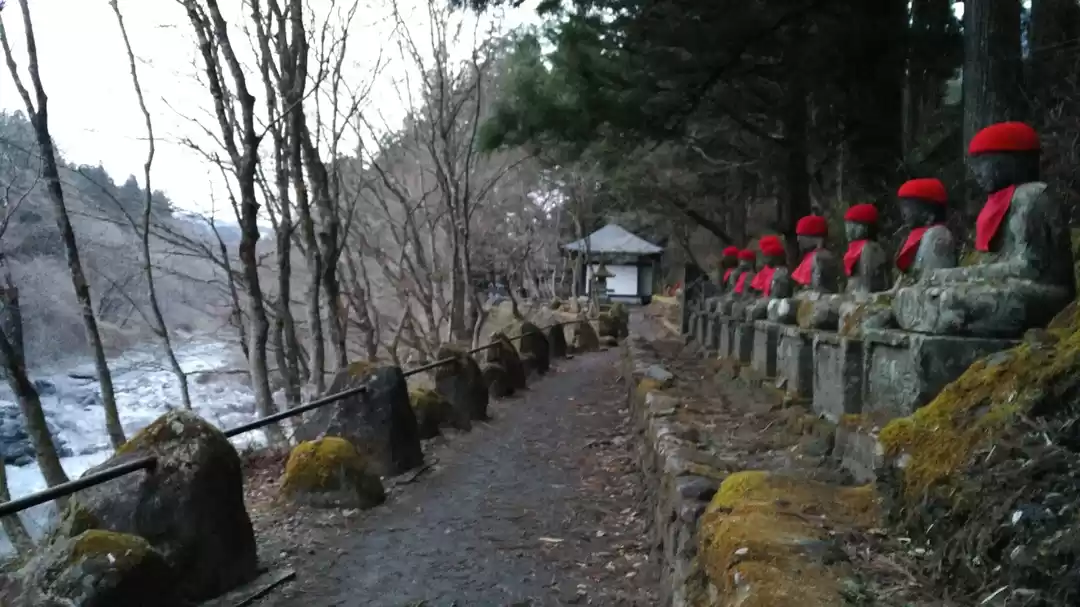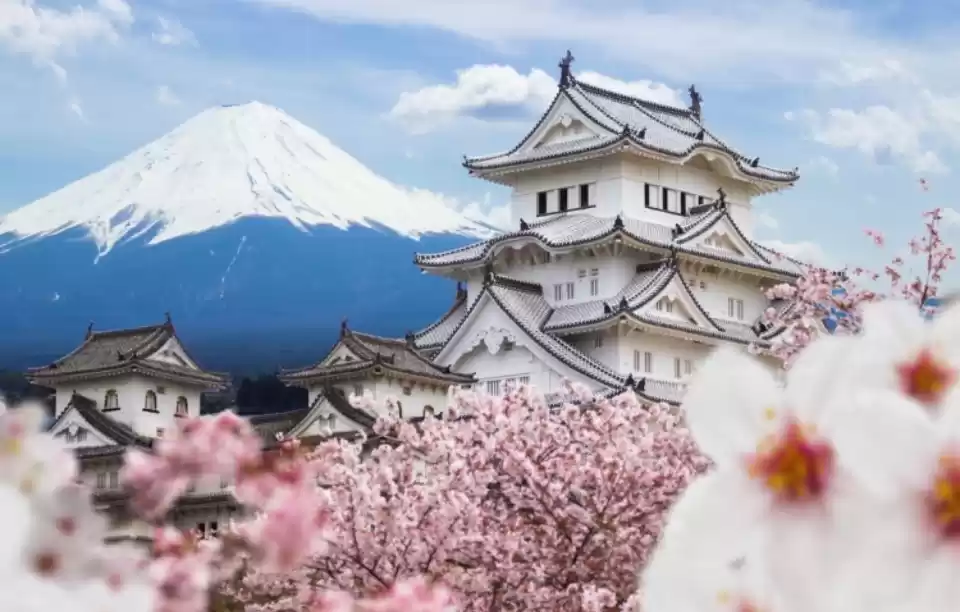
Introduction
Usually overlooked in favour of its more famous neighbours Kyoto and Osaka, people who do visit Nara usually come to see just the attractions around Nara Park – including its famous deer. But there is so much more to see and do in Japan’s ancient capital. From the oldest wooden temples in the world to hiking trails through sacred primaeval forests, our one- to three-day itinerary is designed for those who want to experience the lesser-known wonders of beautiful Nara.
Why should you include Nara on your Japan itinerary?
If you are a history buff and a nature lover, including Nara in your itinerary is a must. As the first imperial capital of Japan (from 710 to 794), Nara is a living museum with over 1,200 years of history and rich cultural heritage.
The city is home to numerous Buddhist temples, Shinto shrines, and the remains of the Imperial Palace, all of which offer fascinating insights into Japan’s ancient past. Another highlight is Nara’s sacred forest, which has been preserved for over 1,100 years. This unique combination of historical sites and natural beauty led to the UNESCO World Heritage Site designation of the Historic Monuments of Ancient Nara in 1998.
When is the best time to visit Nara?
While the Cherry Blossom season may be the most popular tourist draw, if you want to avoid the crowds, consider visiting Nara
in February to mid-March (the blooming plum trees in March are just as beautiful as Sakura),
between mid-May and mid-June (after Golden Week and before it gets too hot and humid), or
in the first half of November respectively the first half of December (to experience the autumn foliage but avoid the worst of the crowds from mid to end November).

Nara also hosts unique festivals throughout the year that are worth planning your visit around:
During Setsubun in early February, you can experience Kasuga Mantoro, the lighting of all the lanterns at Kasuga-Taisha Shrine [Official website, Google Maps location].
Omizutori in the first half of March is a Buddhist festival marking the start of Spring. During the festival, at 1900h every night, you can witness Buddhist monks run along Nigatsudo’s balcony [Google Maps location] carrying six-metre-long torches. The embers raining on the crowds below are believed to bring good health.
Visiting in the first half of June allows you to observe baby deer at the Roku-en Park nursery [Google Maps location].

How much time should you spend in Nara?
If you have a limited amount of time, it is possible to visit Nara on a day trip (from Kyoto or Osaka). However, to really appreciate what Nara has to offer, we recommend to spend at least two nights in the city – the more the better.
How to get to Nara?
Getting to Nara from both Kyoto and Osaka is easy:
From Kyoto Station, take the JR Nara line (Rapid Express) – the train takes approximately 50 minutes.
If you’re coming from Osaka, take the Osaka Loop Line from Osaka Station or the Osaka East Line from Shin-Osaka Station to reach Nara in about an hour.
All of these are covered by the JR Pass.
The Kintetsu Railway also services Nara from Kyoto and Osaka. While it’s not part of Japan Railways (and thus not covered by the JR Pass), you can buy a 1- or 2-day pass that is valid on all Kintetsu lines and Nara Kotsu buses between Nara Park, Tōshōdai-ji and Hōryū-ji Temples.

How to get around Nara?
Nara’s sights, as we found out the hard way, are quite spread out. Even just visiting the sights in and around Nara Park will see you clock up the miles quickly.
To make it easier to get around, we recommend renting a(n) (electric) bicycle. This allows you to move at your own pace. And with Nara being relatively flat, riding a bike is not strenuous.
Alternatively, and especially if you don’t get the Kintetsu Rail Pass, consider purchasing a 1- or 2-Day Bus Pass. A 1-Day pass already pays for itself if you travel by bus to and from Tōshōdai-ji Temple (see Day 2 of our itinerary).

Special Tip #1
The city of Nara offers free Wi-Fi between the JR Station and Mt Wakakusa, making it easy to find your bearings even if you don’t have a data SIM card.
How to experience Nara beyond the tourist hotspots?
Day 1 – The touristy experience: Nara Park
Arrive by train from Kyoto or Osaka in the morning. Grab some provisions from Vie de France [Google Maps location] (at Nara Station) to fuel your exploration. Then drop your luggage at your accommodation.
Hire a bicycle [Google Maps location] and start your exploration with a visit to the Kōfuku-ji temple complex [Google Maps location]. Its Five-Storied Pagoda (Gojunoto) was originally built in the 8th century, with the current structure dating from the year 1426. Its Northern Round Hall (Hokuendo) is more than 800 years old.

Don’t miss out on Yoshiki-en Garden [Google Maps location], a tranquil oasis with three different styles of traditional Japanese gardens. The entrance is free for foreign visitors.
Next, head to the Tōdai-ji temple complex, which is home to
the Nandaimon, the largest temple entrance gate in Japan,
magnificent Todai-ji Daibutsuden / Great Buddha Hall, while 30 per cent smaller than the original, the current rebuild is the largest wooden building in the world, and
Afterwards, head to Kasuga-taisha to marvel at the thousands of lanterns donated by worshippers that give the shrine its magical atmosphere.
As you pass through Nara Park, watch out for the deer that freely roam the area.

Return your bicycle and head back to your accommodation to relax and savour a delicious dinner. Wrap up your day with a stroll around the narrow streets and alleyways of Naramachi, the old merchant town neighbourhood.
Nara Park Deer
Images of Nara almost always include the deer that freely roam Nara Park and the sacred forest. These are Japanese Sika Deer, the same type of deer you’ll find on Miyajima Island. Considered divine messengers, the deer are a national natural monument.
It may not seem so, but the deer are wild animals. So, please give them space, don’t touch them and we strongly recommend not feeding them (no matter how cute they’ll look in your Instagram post). Yes, even the deer crackers that are being sold are not their natural food source, and feeding these deer alters their natural behaviour.
Be extra vigilant
in October/November when male deer can be aggressive during mating season, and
in May/June when female deer are especially vulnerable during pregnancy and birth.
Don’t litter and store any paper or plastic securely in your daypack.

Day 2 – The off-the-beaten-path experience
Today, we’ve got two more treasures for the history buffs among you:
First, take the bus and visit Tōshōdai-ji. The Lecture Hall (Kodo) is the sole survivor of the Imperial complex of ancient Nara, where it was relocated over 1,200 years ago.

After lunch, head further south to the temple complex of Hōryū-ji, reachable by train (Kintetsu-Kashihara Line) and bus in approximately 1 hour.
Hōryū-ji pre-dates the ancient capital Nara, and thus, its historical value is even more astounding:
Its Main Hall (Kondo) is the world’s oldest extant wooden structure. Originally completed in 607, it was destroyed by fire in 670 and faithfully rebuilt shortly after.
The Five-Storied Pagoda (Gorunto) was completed just after the Main Hall rebuild. It is the oldest pagoda of this type in Japan and one of the oldest surviving wooden towers in the world.
These structures offer a glimpse into Japan’s ancient past and showcase the remarkable craftsmanship of the time, so take your time exploring the grounds.

On your way back to your accommodation pop into Naramachi Nigiwai-no-Ie, a traditional tradesman’s house (closed Wednesdays and Thursdays), to experience life in Naramachi over 100 years ago.
Afterwards, enjoy dinner in one of the many restaurants in Naramachi.

Special Tip #2
Did you know that Nara offers free private tours held by graduates of the Nara YMCA Guide Course? That’s right. It’s a win/win for both visitors and guides alike: you get to hang out with a local eager to show you their city, and the guides get to practice their newly learned skills. The initiative started in 1970 when the World Expo was held in Osaka, and it’s still going strong.
If that’s something you’d like to do, contact them at least 3 days prior to your visit. While there are recommended routes, the guides do tailor a tour based on your requirements, so just ask.

Day 3 – Farewell to Nara
On your final day in Nara, it’s all about nature. Get up early, check out after breakfast and ask your accommodation to keep your luggage for a few hours (unless you have arranged a late check-out).
Then start exploring the Kasugayama Primeval Forest:
The Wakakusa Forest trail is a 5-kilometre loop through the Mt. Kasuga Primeval Forest and up to the summit of Mt Wakakusa. The hike starts and finishes at Kasuga-Taisha and takes about 2 hours.
Another popular hike is the 11km loop through the Kasugayama Primeval Forest, around the base of Mt Kasuga and Mt Huashan and up to the summit of Mt Wakakusa. Starting and finishing (again) at Kasuga-Taisha, this hike takes about 4 hours.
The latter part of both trails (along the grassy hillside down from the summit of Mt Wakakusa) requires the payment of a small entry fee (JPY150).
After your hike, head back to your accommodation to shower/pick up your luggage. Then head to the Nara Train Station for your onward journey.

Special Tip #3
If you travel from Kyoto to Osaka with a few days in Nara in between, you could change the above itinerary as follows:
Day 2 – Do the hike in the morning and visit Tōshōdai-ji in the afternoon.
Day 3 – Visit Hōryū-ji [Google Maps location] on your way to Osaka. In that case, take the train to Hōryūji Train Station (there are coin lockers for your luggage before you exit through the ticket gates). From the Hōryūji Train Station, it’s a 20-minute flattish walk north to the temple complex.
Where and what to eat when visiting Nara?
When visiting Nara, there are several culinary options to try.
In Nara-machi, the old merchant town:
Head to Ajimi Izakaya or Totomaru Izakaya for a delicious authentic Japanese dining experience (both are closed on Mondays).
For a taste of Nara’s famous okonomiyaki, stop by Surugamachi’s Okonomiyakiya.
Vegan Cafe Ramuna offers plant-based dining options, with delicious dishes available on Fridays, Saturdays and Mondays.
Shizuka Omiya (closed Tuesdays) is the spot to savour Kamameshi, a traditional Japanese rice dish cooked in an iron pot.

And when it comes to desserts, don’t miss out on trying Dango, rice flour dumplings coated in kinako (roasted soybean flour) and syrup – for example at Tamausagi by the ticket gates at Kintetsu Nara Station.
For a touristy but fun experience, pop by Nakatanidou to watch the (lightning-fast) mochi pounding and enjoy a fresh mochi afterwards.
Where to stay in Nara?
Our accommodation recommendations for Nara are central to all sights on this itinerary:
Have you been to Nara?
What time of the year did you visit? How long did you stay? And most importantly, what off-the-beaten gems were your favourites? Please let us know.
This article was originally published on https://www.minimalistjourneys.com/nara-japan-offbeat-itinerary/ on 11 July 2023 and is republished with permission.




